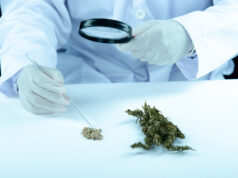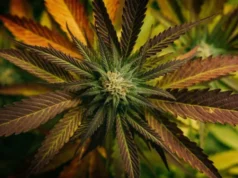
Imagine a world where pain, inflammation, anxiety, and a host of other health concerns could be addressed with a natural remedy, gently derived from plants. In this modern age of wellness and alternative medicine, the spotlight is turning toward the benefits of CBDa and organic CBDa oil — the often-overlooked cannabinoid found in cannabis and hemp.
“It’s amazing that CBDa has been overlooked for so long,” muses Inesa Ponomariovaite, founder of Nesas Hemp, “especially since there’s so much of it, and it can easily be extracted for research.” While THC (tetrahydrocannabinol) has traditionally stolen the limelight, it is emerging as a captivating contender in the realm of natural therapeutics.
Understanding CBD vs. CBDa
CBDa, or Cannabidiolic Acid, is a precursor to CBD (Cannabidiol). “It is, in my opinion, one of the most celebrated cannabinoids found within the cannabis plant family,” Ponomariovaite shares. In its raw, unheated form, CBDa exists abundantly in young cannabis or hemp plants, presenting itself as a non-intoxicating compound with immense therapeutic potential.
Hemp, scientifically known as Cannabis sativa, is a versatile and eco-friendly botanical wonder. Recognized for its myriad uses throughout history, hemp has recently made a modern resurgence. Its fibers are woven into textiles, its seeds are rich in nutrition, and its oil is a source of beneficial compounds like CBDa. What sets hemp apart is its low THC content, meaning it won’t induce the psychoactive effects associated with marijuana.
“CBDa is abundantly present in hemp,” Ponomariovaite notes, “and hemp is known as a sustainable and easy-to-grow plant. Because of this, there has been a recent surge of research on CBDa, specifically on the therapeutic effects of this substance and how the compound interacts with the endocannabinoid system.”
The endocannabinoid system and CBDa
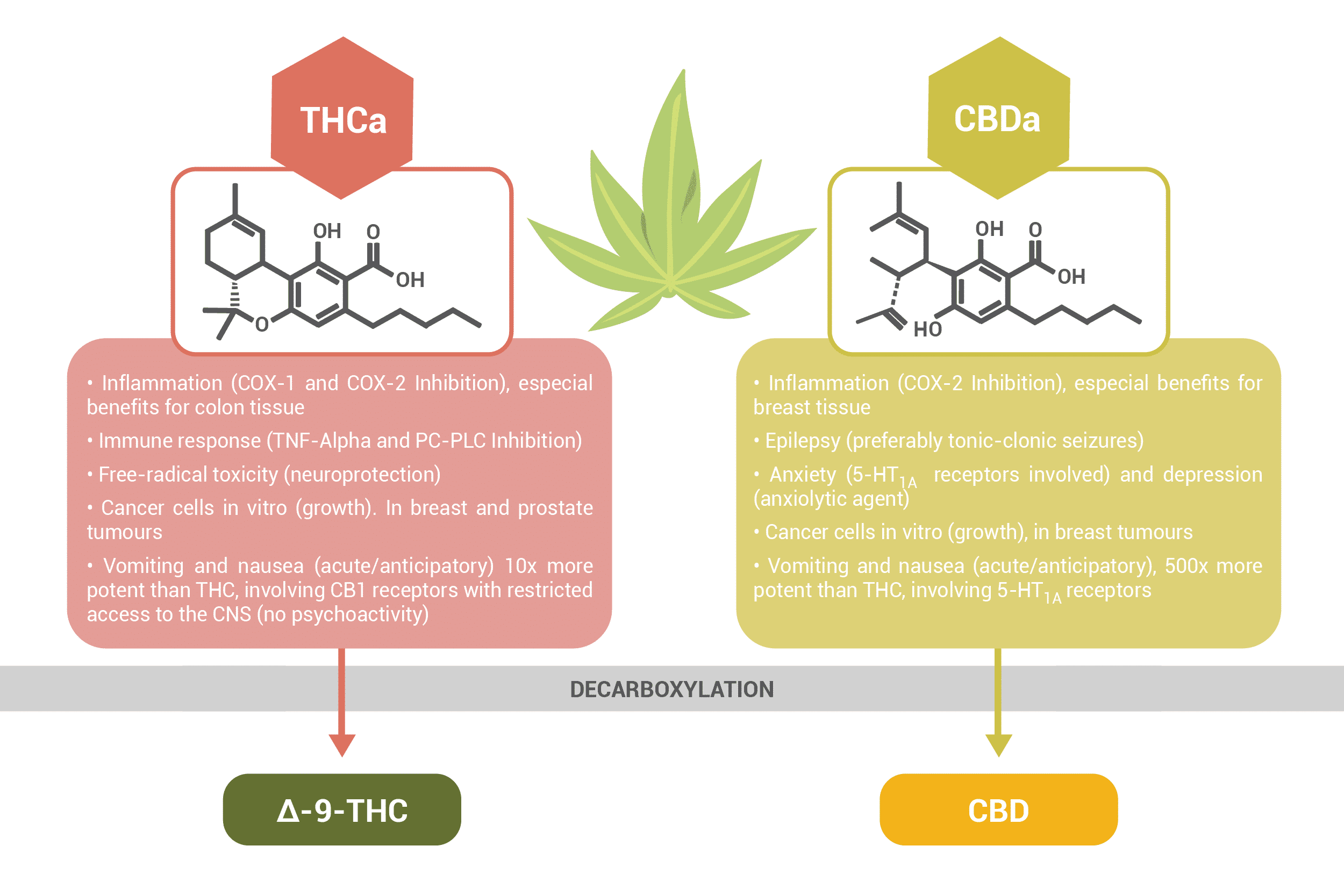
To comprehend the profound therapeutic effects of CBDa on human health, one must first acquaint oneself with the fascinating interplay between this substance and the endocannabinoid system (ECS). This intricate system serves as a critical regulatory network within the human body, orchestrating various physiological processes such as mood, pain perception, immune response, and appetite to maintain homeostasis.
This steps onto this biological stage as a modulator, influencing the ECS in several ways. One of its primary actions is inhibiting the enzyme fatty acid amide hydrolase (FAAH), which is responsible for breaking down anandamide, a crucial endocannabinoid. “By slowing down the breakdown of anandamide,” Ponomariovaite says, “CBDa indirectly boosts its availability, leading to enhanced mood, reduced pain perception, and overall well-being.”
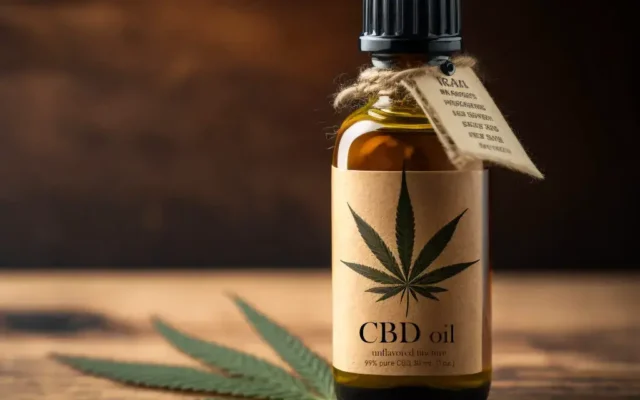
Anandamide, often referred to as the “bliss molecule,” plays a pivotal role in mood and happiness by binding to CB1 receptors within the central nervous system, contributing to feelings of euphoria and relaxation. In fact, according to the NIH, CBDa “seems to be 100–1000 times more potent than CBD in reducing toxin-induced vomiting and nausea […] and has also been shown to act as an anxiolytic agent by preventing stress-induced anxiogenic-like behavior.” its role in preserving anandamide levels within the body amplifies these positive effects.
But CBDa doesn’t stop at anandamide modulation; it also interacts with specific receptors within the ECS. While it has a lower affinity for the primary ECS receptors — CB1 and CB2 — compared to its decarboxylated counterpart, CBD, CBDa can still influence these receptors. This interaction contributes to CBDa’s therapeutic effects, particularly in pain management and inflammation reduction.
Furthermore, it rarely operates in isolation within the cannabis plant. Instead, it often coexists with other cannabinoids like CBD and THC, a phenomenon known as the “entourage effect.” This synergy enhances the overall therapeutic potential of these compounds, adding depth to CBDa’s potential benefits.
Therapeutic properties of CBDa
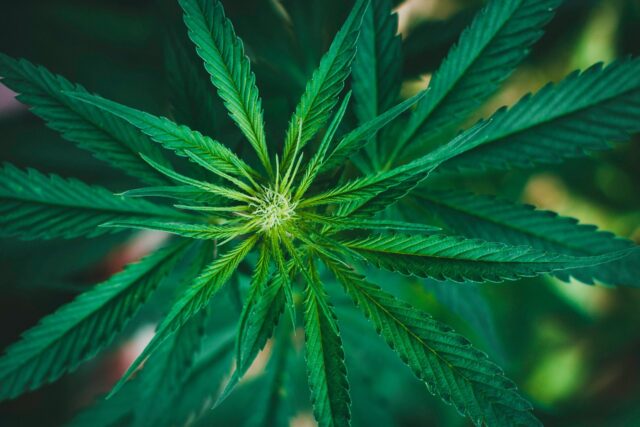
With a foundational understanding of CBDa and its natural habitat within the hemp plant, it’s easy to dive into the therapeutic properties of CBDa. These extend far beyond the surface, encompassing a spectrum of health benefits that are both promising and enlightening.
1. Pain management: CBDa emerges as a formidable contender in the realm of pain management. Research suggests it may hold the key to alleviating various types of discomfort, from chronic pain conditions to everyday aches and pains. Its mechanism of action involves interacting with the body’s endocannabinoid system, influencing pain perception, and providing a natural alternative to conventional painkillers.
2. Anti-inflammatory effects: The battle against inflammation takes a significant turn with CBDa. Its anti-inflammatory properties are garnering attention for their potential to reduce inflammation associated with conditions like arthritis and inflammatory bowel disease. By targeting inflammation at its source, it may offer relief to those suffering from chronic inflammatory disorders.
3. Neuroprotective properties: CBDa enters the stage as a neuroprotective agent, potentially shielding the nervous system from harm. Ongoing research explores its role in mitigating neurodegenerative diseases like Alzheimer’s and Parkinson’s, offering hope for improved cognitive well-being.
4. Antianxiety and antidepressant: Mental health preservation is a top priority, and CBDa may hold a key to achieving this. Studies indicate it may have anxiolytic and antidepressant effects, providing a natural remedy for those grappling with anxiety and mood disorders. Its ability to modulate serotonin receptors in the brain offers a promising avenue for emotional well-being.
CBDa has the power to reshape holistic health. Its versatility is both captivating and hopeful, and sets it up as a top contender as the solution for many ailments.
As research on this cannabinoid continues to grow, it’s clear that CBDa offers tremendous therapeutic potential. From its anti-inflammatory and neuroprotective properties to its ability to combat nausea and anxiety, CBDa could provide natural symptom relief for a variety of conditions.
“Our physical, mental, and emotional wellbeing is literally everything,” says Ponomariovaite. “This state of wellness not only fuels our vigor to confront life’s trials, but also provides us with peace to handle any stress. It’s important to look for that balance, and CBDa can help us when we can’t help ourselves.”

